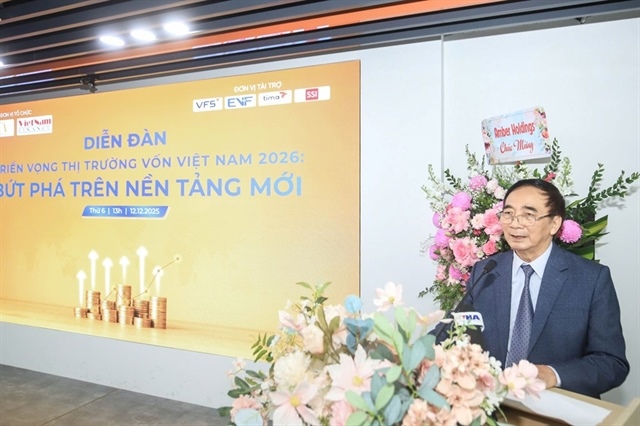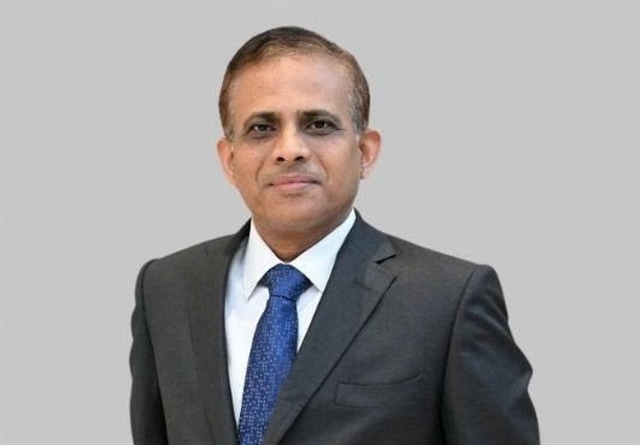HCMC voices concern over tax collection, land shortage
HCMC voices concern over tax collection, land shortage
HCMC wants to boost the development of the service, trade, hospitality and healthcare sectors but faces a land shortage, while local authorities in the city have expressed concern over tax collections in the coming period, the municipal Party chief Nguyen Thien Nhan said at a meeting on March 30.
Addressing the meeting, the Secretary of the HCMC Party Committee said that tax collections had a close connection with the development of service sectors, which has been the key focus of the city for many years. However, the decline in available land has hampered development plans.
Accordingly, if the city does not quickly work out effective solutions, the development of service sectors may face many obstacles in the years to come, Nhan noted.
As for the growth rates of the city’s nine service sectors during the first quarter, three saw an increase, while those of the other six sectors---trade, banking, warehousing and transport, tourism, real estate and healthcare---dropped.
Nhan expressed concern over the fall as public demand in these sectors is on the rise.
Nhan also pointed out the city’s growing concern over attracting foreign investment. Investment from foreign entities in industrial processing zones accounted for a mere 1% of the city’s total foreign investment over the past decade, with investment in hi-tech parks making up some 16%.
Meanwhile, projects outside the city’s industrial, export processing and hi-tech parks attracted significant interest from foreign investors, who made up an astounding 82% of the total.
Aside from economic issues, the city may struggle to reach its targets. For instance, it is set to hit US$9,800 in gross regional domestic product (GRDP) by 2020, according to the municipal vice chairman, Le Thanh Liem.
However, with the GRDP in 2016 and 2018 at US$5,400 and US$6,000, respectively, the city’s GRDP may only reach an estimated US$7,500 next year, which is far lower than the initial target.
As for environmental protection, some 21% of the sewage in urban areas was collected and treated appropriately before being dumped into the environment. The figure may only rise to 30% by 2020 if some sewage treatment plants are put into service, thus it is hard for the city to beat its initial target of 80% of sewage being treated.

























